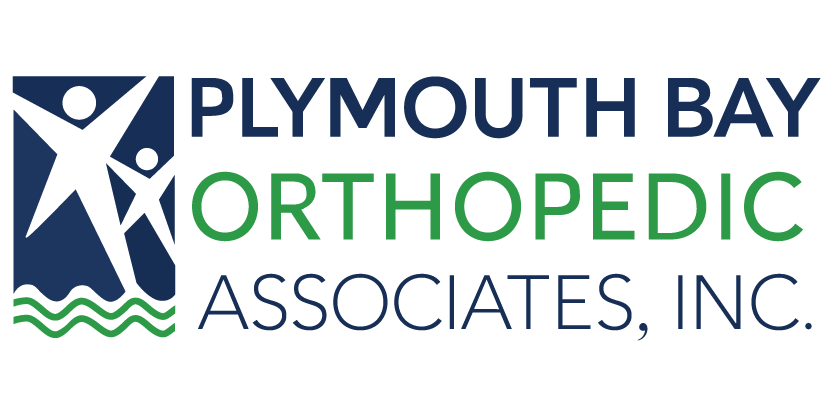Knee injuries can be devastating to not just athletes or fitness enthusiasts. Virtually anyone can succumb to one at any given time. One of the most common types of knee injuries is a meniscus tear. A meniscus tear usually occurs with another knee injury, but they can happen on their own and be extremely painful. Knee injuries can impact our day to day lives, but with an expert meniscal repair treatment with us at Plymouth Bay Orthopedic Associates, you can expect an improvement in your quality of life.
What is the Meniscus?
The meniscus is a soft, rubbery cartilage that rests between the thigh bone, shin bone, and kneecap. There are two menisci in the knee, the medial which is the inside tissue, and the lateral, the outside tissue. The purposes of these tissues are to absorb some of the shocks the knee joints receive and to remove stress from the thigh and shin bones.
Symptoms of Torn Meniscus
- Locking
- Clicking
- Swelling
- Pain
- Bone catching
- Feeling like knee might “buckle”
Causes
A meniscus tear usually occurs when playing sports or exercising. There are also degenerative meniscus tears which can occur with age as the tissues wear thin over time.
Diagnosis of a Torn Meniscus
To diagnose a meniscus tear and to find out meniscal repair treatment options, schedule an appointment with one of our orthopedic specialist. Discuss with one of our providers the symptoms you’re experiencing in addition to your medical history and how the injury occurred. From their we’ll assess the joint for tenderness, as this is a potential sign of a tear.
The doctor will then most likely perform the McMurray test which involves bending, straightening, and rotating the knee to listen for a clicking sound. If the knee is clicking, it is a sign that the meniscus is torn. An x-ray may also be performed to check for other knee injuries.
Treatment
Many factors determine which approach one of our expert providers might use for a meniscal repair. The type, location, and size of the tear are all factors that must be considered when determining treatment options.
Surgical
For inner meniscus tears, where there is a limited blood supply, the tissues may not properly heal on their own, so one of our providers will perform a partial meniscectomy. This treatment trims the tear away from the tissue. There are some tears where the doctor can perform a full meniscal repair. This is done by stitching the tear back together and allowing it to heal fully.
Non-Surgical
If the tear occurs in the outer region or and is small, it may not require a surgical procedure to heal. If surgery is not needed, we may recommend resting the knee, keeping it iced, and elevated in specified intervals. They might also suggest a compression sleeve for walking or standing.
Recovery Time for Meniscal Repair
The rehabilitation process for a full meniscal repair is about three months. A doctor may recommend physical therapy, but simple at home exercises can help heal. If a partial meniscectomy is performed, the recovery time reduces significantly.
Meniscus tears are among the most common type of knee injury, and most patients who receive a proper diagnosis, treatment, and rehabilitation can see a full recovery. To find out if you’re a good candidate for Meniscal Repair, contact us at Plymouth Bay Orthopedic Associates at 781.934.2400 to schedule a consultation today.



